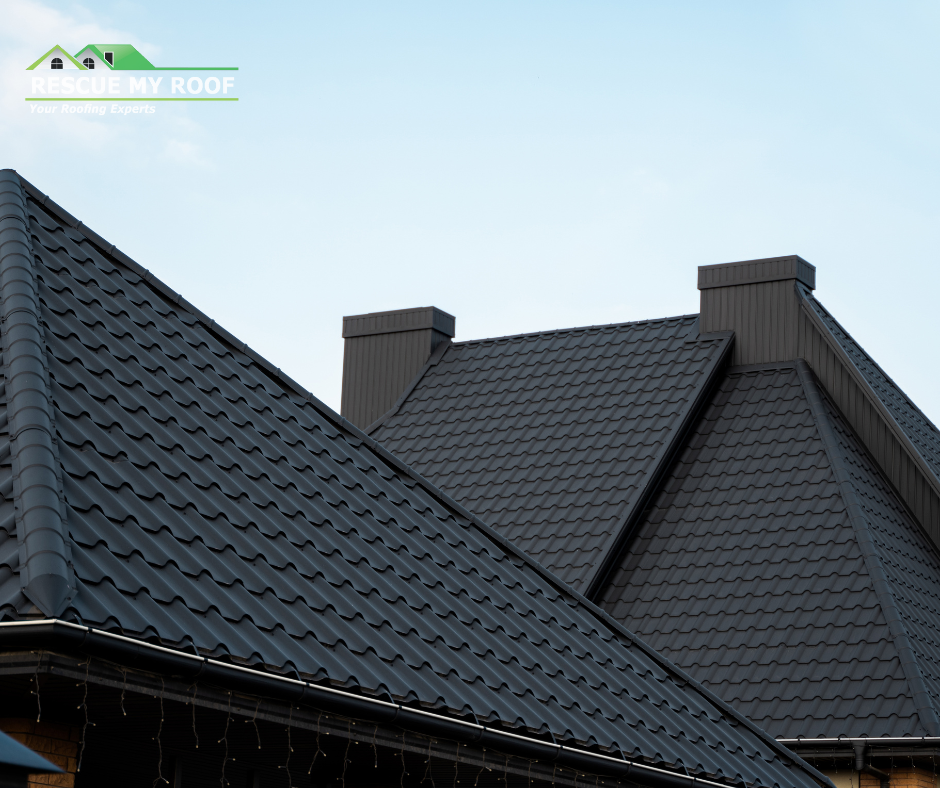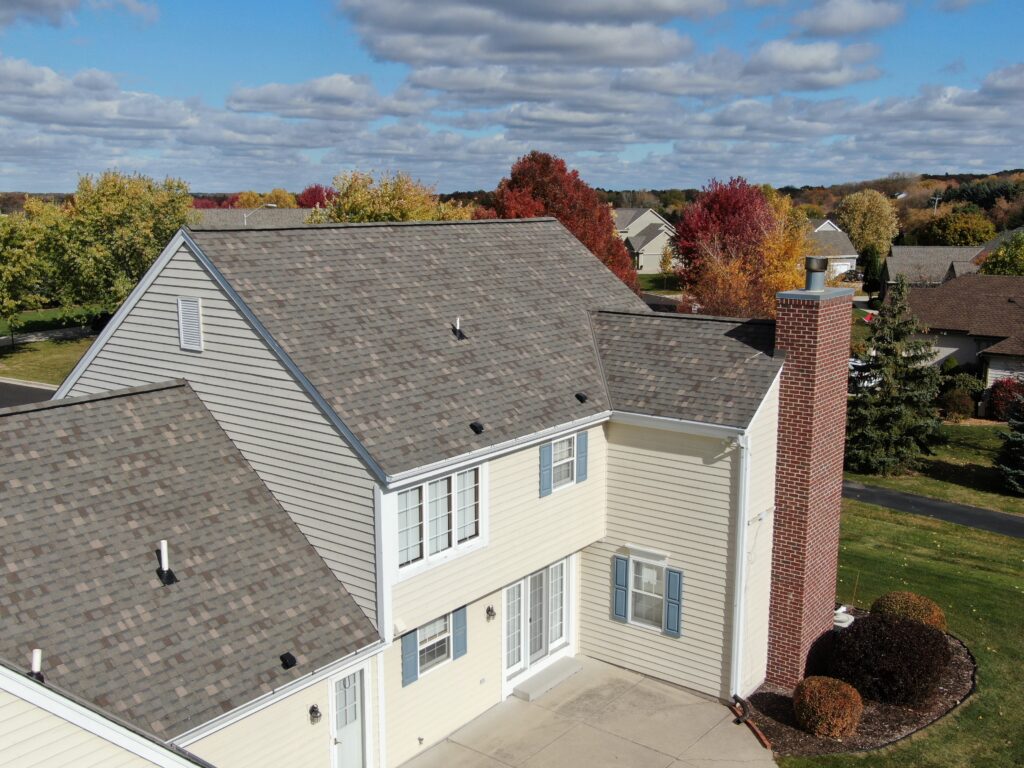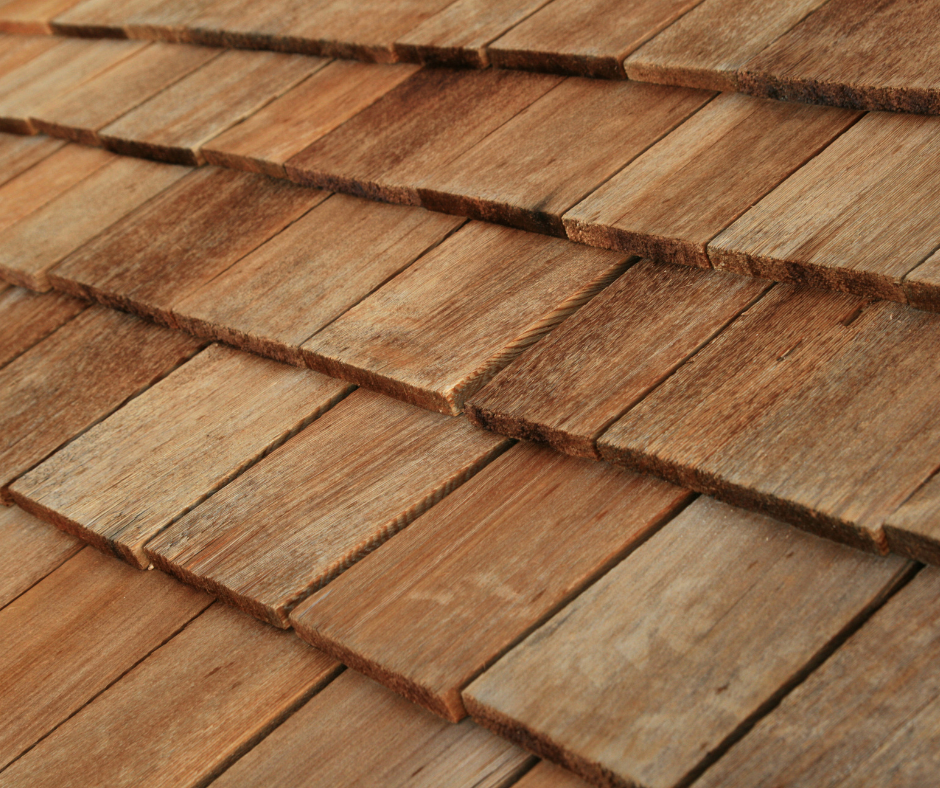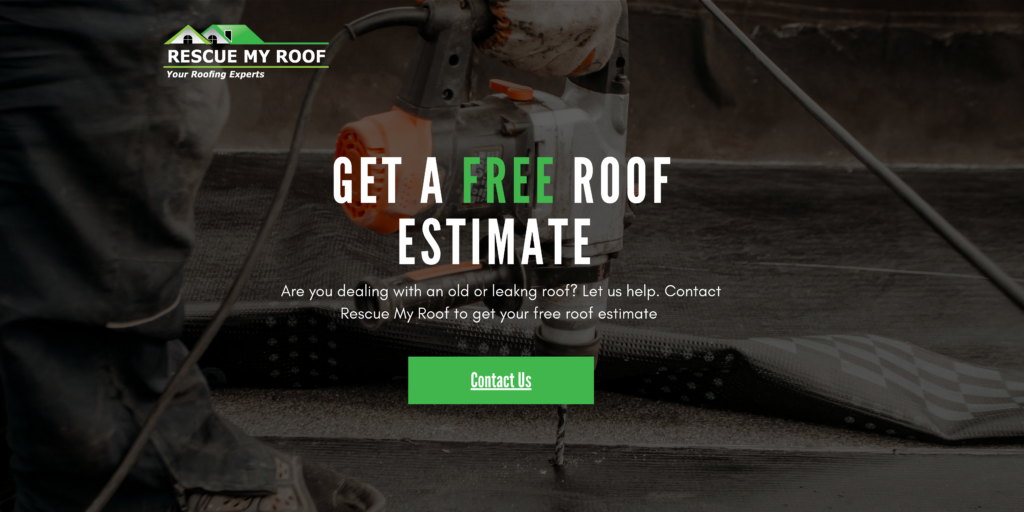How to Choose the Right Roofing Material for Cold Climates
When living in a region with harsh winters, your roof faces unique challenges. Snow, ice, and freezing temperatures can take a toll on your home if your roofing material isn’t up to the task.
Choosing the right material for cold climates is critical to ensuring your roof can withstand the elements, protect your home, and maintain energy efficiency. But with so many roofing materials available to you, how do you choose?
Rescue My Roof has been helping homeowners find their perfect roofing solutions for over a decade. We know a thing or two when it comes to the toughest roofing materials for the Wisconsin winter.
In this article, we’ll cover the challenges of a cold climate, the best roofing materials, and key factors to consider before buying. Ultimately, you’ll know how to choose the right roofing material for your climate.
Key Challenges for Roofs in Cold Climates
Roofs in cold climates face:
- Heavy Snow Loads: Snow accumulation adds weight to your roof and can cause stress if the structure isn’t properly supported.
- Ice Dams: Poor insulation and ventilation can lead to ice dams, which can cause leaks and damage.
- Freeze-Thaw Cycles: Water can seep into cracks and freeze, causing materials to expand and deteriorate.
- Wind and Storms: High winds and winter storms can loosen shingles and cause significant damage.
The right roofing material can combat these challenges and help maintain the integrity of your roof for years.
Best Roofing Materials for Cold Climates
Not all roofing materials are made equal. Here are the top roofing materials that have withstood the test of the harshest winter weather:
1. Metal Roofing

Metal roofing is a top choice for cold climates, offering durability and longevity that other materials can’t match.
Metal panels shed snow easily, preventing excessive weight and ice accumulation. They are also resistant to cracking during freeze-thaw cycles. While the upfront cost is higher than many alternatives, the long-term benefits, including minimal maintenance and energy efficiency, make it a worthwhile investment.
- Pros:
- Durable and long-lasting (50+ years).
- Snow slides off easily, reducing stress on the roof.
- Resistant to cracking during freeze-thaw cycles.
- Cons:
- Higher upfront cost.
- Requires proper insulation to minimize noise.
2. Asphalt Shingles

Asphalt shingles are one of the most common roofing materials, and they perform well in cold climates. They are affordable, easy to repair, and widely available.
However, standard shingles can become brittle in extremely cold weather, so it’s important to choose high-quality shingles designed for winter durability. With a lifespan of 15 to 30 years, they’re a cost-effective option for many homeowners, especially when installed by experienced professionals.
- Pros:
- Affordable and widely available.
- Modern options include fiberglass reinforcement for durability.
- Easy to repair or replace damaged sections.
- Cons:
- Shorter lifespan (15-30 years).
- Can become brittle in extreme cold.
3. Slate Roofing
Slate is a premium roofing material known for its exceptional durability and natural beauty. Ideal for cold climates, it resists moisture and stands strong against heavy snow and ice.
Slate’s lifespan of up to 100 years makes it a long-term investment, but its weight and high cost require careful consideration. Reinforced roof framing is often necessary, and installation should only be handled by skilled contractors.
- Pros:
- Exceptionally durable and long-lasting (75-100 years).
- Naturally resistant to cold and moisture.
- Cons:
- Expensive and heavy; requires reinforced roof framing.
- Professional installation is essential.
4. Wood Shakes and Shingles

Wood shakes and shingles bring natural warmth and aesthetic appeal to a home. They offer good insulation, which can help retain heat during winter. However, wood is prone to moisture-related issues like rot and mold, making regular maintenance a must.
While they work well in some climates, they may not be the best option for areas with prolonged heavy snowfall.
- Pros:
- Natural insulation properties.
- Aesthetic appeal for certain architectural styles.
- Cons:
- Requires frequent maintenance to prevent moisture-related issues.
- Less durable compared to metal or slate.
5. Synthetic Roofing Materials
Synthetic materials, like composite shingles, mimic the appearance of slate, wood, or other high-end options while being more lightweight and affordable. These materials are designed to withstand cold climates and resist damage from freeze-thaw cycles.
While they may not last as long as natural materials, advancements in technology have made synthetic roofs a reliable and attractive option for many homeowners.
- Pros:
- Mimics the appearance of slate, wood, or other materials.
- Lightweight and resistant to freeze-thaw damage.
- Cons:
- May not last as long as natural materials.
- Quality varies by manufacturer.
Features to Look for in Cold-Climate Roofing
- Durability: Choose materials that can withstand heavy snow and ice.
- Energy Efficiency: Opt for materials with insulating properties to reduce heating costs.
- Water Resistance: Ensure the material prevents water infiltration during freeze-thaw cycles.
- Proper Installation: Proper underlayment and ventilation are essential for performance and longevity.
Consult a Roofing Professional
Choosing the right roofing material for your cold-climate home can be complex. A roofing professional can assess your home’s structure, local climate, and budget to recommend the best solution.
Choosing the Right Material for Cold Climates
Your roof is your home’s first line of defense against the elements, especially in cold climates. By selecting a material designed to handle winter’s challenges, you can ensure your roof remains durable, energy-efficient, and protective for years to come.
Learn more with “Best Roofing Materials for Winter: Durable Options to Protect Your Home” and “The Top 3 Strongest Roofing Materials.”
Are you looking for an asphalt or flat roof that will stand the test of time? Rescue My Roof has got you covered. Contact us today to get a free estimate.


